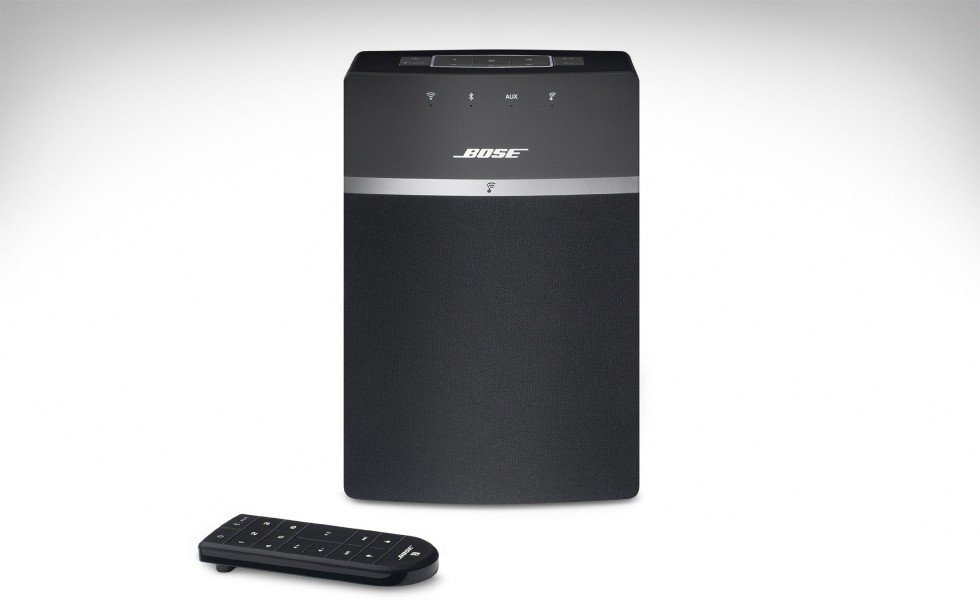
If your speaker came with a CD or a manual, you should be able to find one. If neither of the above solutions work, you could try looking for a Windows-specific driver for your Bluetooth speaker. You can do this by going to the device manager, selecting the Bluetooth device and clicking ‘Update Driver’. Try to update the Bluetooth drivers and see if that helps. If the hardware appears to be working properly, it could be a software issue. If that does not work, try restarting the computer or rebooting the Bluetooth speaker. If it is enabled, but still not connecting, you should try forgetting the device in the Bluetooth settings and then re-pairing. Check to make sure your Bluetooth speaker is on, charged, and compatible with your computer’s Bluetooth capabilities.Īlso, make sure that the Bluetooth is enabled on the Windows 10 computer (this can be done in the Settings app under Devices > Bluetooth & Other Devices). First, it could be an issue with the hardware and may require a bit of troubleshooting. If your Bluetooth speaker is not connecting to Windows 10, there could be a variety of causes. Why won’t my Bluetooth speaker connect to Windows 10? Finally, adjust the volume and you should be able to hear sound from the speakers. Then select the appropriate device from the list. To do this, right-click the speaker icon in the bottom right corner of your screen and select “Open Volume Mixer”.


Once the connection is made, you will need to open the Windows 10 Volume Control Panel and make sure that the correct device is selected as the output. If your speakers are part of a larger sound system, you may need to connect via a USB port or an HDMI port. If you are using standalone speakers, you will need to have a standard 3.ĥmm audio jack connected to your computer. The type of connection will depend on your speaker system. To get Windows 10 to recognize your speakers, you will need to first make sure that the speakers are properly connected to your computer.


 0 kommentar(er)
0 kommentar(er)
